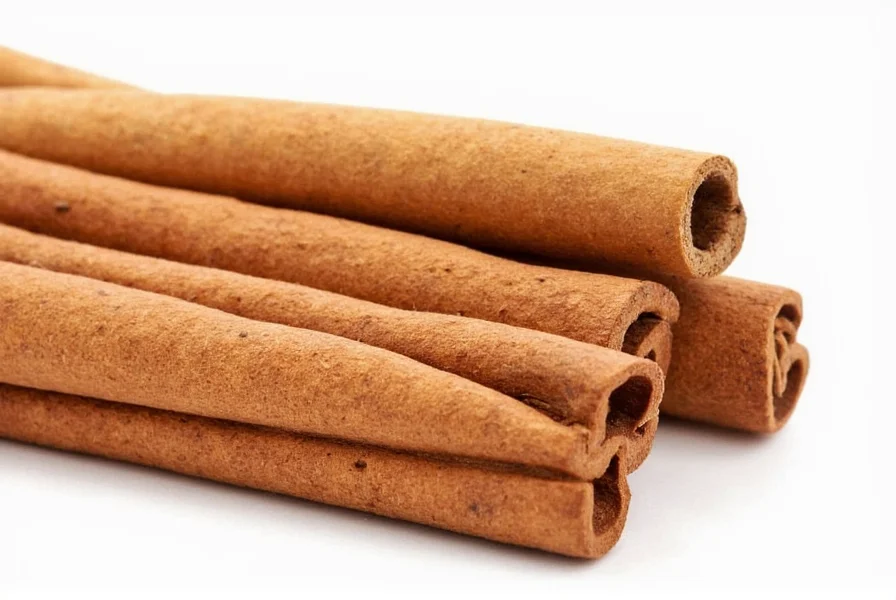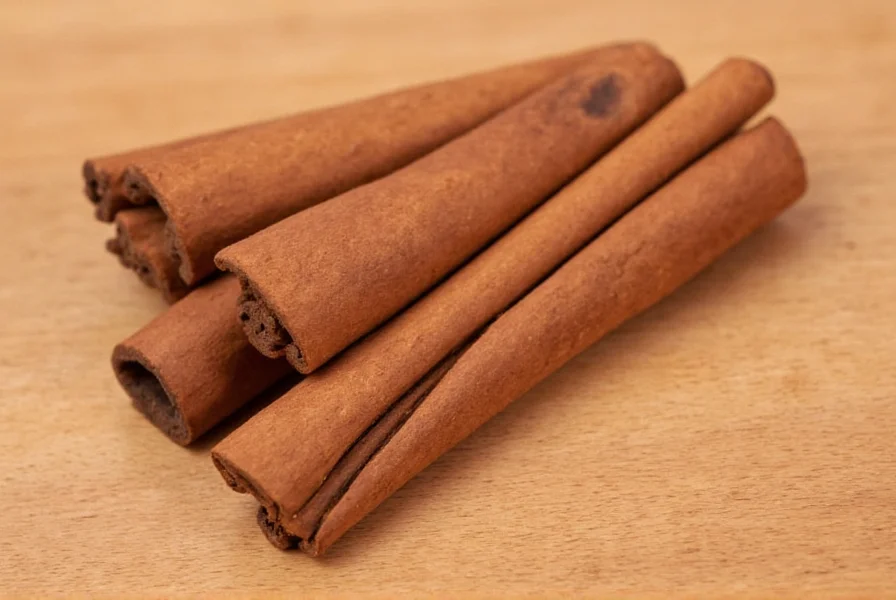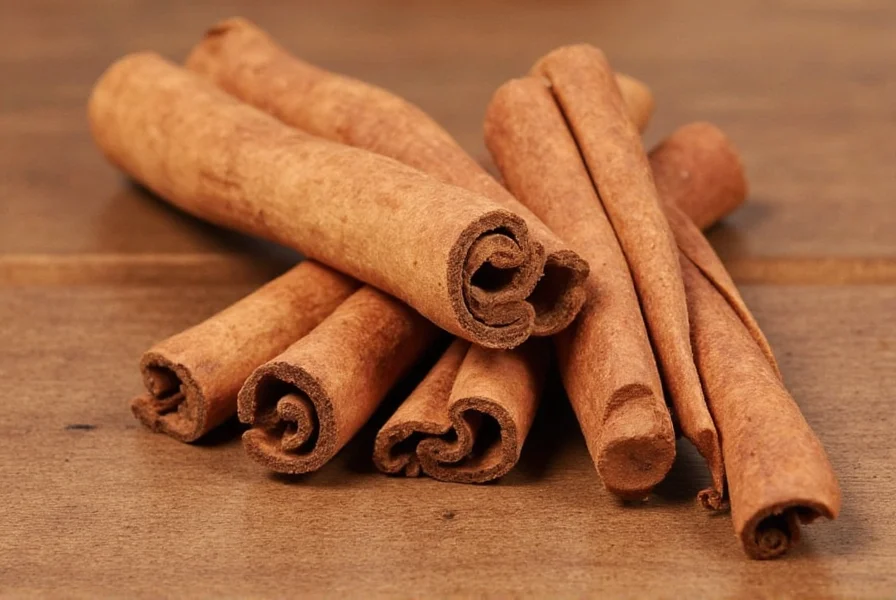For centuries, this aromatic spice has graced kitchens worldwide, but few understand exactly what is cinnamon made from at the botanical level. Unlike many spices derived from seeds or fruits, cinnamon's origin story begins with the careful harvesting of specific tree species native to tropical regions of Asia.
The Cinnamon Tree: Source of the Spice
Cinnamon comes exclusively from trees in the Cinnamomum genus, part of the laurel family (Lauraceae). These evergreen trees thrive in tropical climates with high humidity and consistent rainfall. The two primary commercial varieties have distinct botanical origins:
- Ceylon cinnamon (Cinnamomum verum, formerly C. zeylanicum) originates from Sri Lanka and southern India
- Cassia cinnamon (Cinnamomum cassia) primarily grows in China, Indonesia, and Vietnam
Understanding where does cinnamon come from botanically explains why certain regions produce specific cinnamon types. The climate, soil composition, and harvesting techniques all influence the final product's flavor profile and chemical composition.

How Is Cinnamon Produced: From Tree to Spice
The process of how cinnamon is harvested follows traditional methods largely unchanged for centuries. Here's the step-by-step transformation from tree to spice:
- Tree cultivation: Cinnamon trees grow for 2-3 years before first harvest
- Branch cutting: Workers cut 2-3 year old shoots close to ground level
- Bark removal: Outer bark is scraped away to expose the inner bark
- Inner bark extraction: Special knives separate the inner bark from the woody core
- Quill formation: Inner bark strips naturally curl into quills as they dry
- Drying: Quills dry for several days until brittle
- Processing: Quills may be cut into lengths or ground into powder
This meticulous process explains why cinnamon production remains labor-intensive despite modern advancements. The quality of natural cinnamon composition depends heavily on proper harvesting techniques and timing.
Ceylon vs Cassia: Understanding the Differences
Many consumers don't realize there are multiple types of cinnamon with significant differences in origin, appearance, and chemical makeup. This comparison clarifies the difference between Ceylon and Cassia cinnamon:
| Characteristic | Ceylon Cinnamon | Cassia Cinnamon |
|---|---|---|
| Scientific Name | Cinnamomum verum | Cinnamomum cassia |
| Origin | Sri Lanka, India | China, Indonesia, Vietnam |
| Bark Structure | Multiple thin layers, delicate quills | Single thick layer, hard quills |
| Color | Light tan to brown | Dark reddish-brown |
| Taste Profile | Mild, sweet, complex | Strong, pungent, slightly bitter |
| Coumarin Content | Very low (0.004%) | High (5-10%) |
These distinctions matter when considering what part of the tree is cinnamon specifically. While both types come from the inner bark, the cellular structure differs significantly between species, affecting both flavor compounds and health considerations.
Chemical Composition of Cinnamon
The distinctive aroma and flavor of cinnamon comes from its complex chemical profile. The primary compounds include:
- Cinnamaldehyde (60-90%): Responsible for cinnamon's characteristic flavor and aroma
- Eugenol (5-10%): Contributes spicy notes, more prevalent in Ceylon cinnamon
- Coumarin: Naturally occurring compound, significantly higher in Cassia varieties
- Cinnamic acid and esters: Contribute to the overall flavor profile
Understanding natural composition of cinnamon helps explain why different varieties have distinct culinary applications and health considerations. The concentration of these compounds varies based on species, growing conditions, and processing methods.

Historical Context of Cinnamon Production
Cinnamon's journey from exotic luxury to kitchen staple reveals much about how cinnamon production has evolved. Ancient Egyptians used cinnamon as early as 2000 BCE, while Roman Emperor Nero reportedly burned a year's supply at his wife's funeral.
For centuries, cinnamon trade routes were closely guarded secrets. Sri Lankan producers maintained a monopoly by spreading myths about dangerous creatures guarding cinnamon forests. This historical context helps explain why where does cinnamon come from remained mysterious to Europeans until the 16th century.
Sustainability in Modern Cinnamon Farming
Today's cinnamon industry faces challenges balancing traditional harvesting methods with sustainable practices. Smallholder farmers in Sri Lanka continue using age-old techniques that promote tree regeneration, while larger Cassia plantations sometimes employ less sustainable methods.
Consumers seeking authentic what is cinnamon made from information should consider:
- Supporting fair trade cinnamon cooperatives
- Understanding the environmental impact of different cinnamon varieties
- Recognizing that proper harvesting actually promotes tree health and regrowth
Common Misconceptions About Cinnamon
Several myths persist about cinnamon's origin and production:
- Myth: Cinnamon comes from roots or seeds
Fact: It exclusively comes from tree bark - Myth: All cinnamon is the same
Fact: Ceylon and Cassia have significant botanical differences - Myth: Cinnamon powder is always pure
Fact: Some products contain fillers or lower-quality bark
Understanding these facts helps consumers make informed choices about is cinnamon a bark or spice and how to select quality products.
Frequently Asked Questions
Is cinnamon actually tree bark?
Yes, cinnamon is specifically the inner bark of Cinnamomum trees. When harvested, workers remove the outer bark to access the inner bark layer, which naturally curls into quills as it dries. This distinctive rolled structure is what forms cinnamon sticks.
What's the difference between Ceylon and Cassia cinnamon?
Ceylon cinnamon (Cinnamomum verum) has multiple thin bark layers that form delicate, hollow quills with a light tan color and sweet flavor. Cassia cinnamon (Cinnamomum cassia) has a single thick bark layer forming dense, solid quills with a dark reddish-brown color and stronger, more pungent flavor. Ceylon contains significantly less coumarin than Cassia.
Can you eat cinnamon directly from the tree?
Raw cinnamon bark from the tree isn't typically consumed directly. The inner bark requires drying and processing to develop its characteristic flavor and texture. Freshly harvested bark has a different chemical composition that changes during the drying process, which develops the familiar cinnamon aroma and taste.
Why is Ceylon cinnamon more expensive than Cassia?
Ceylon cinnamon commands higher prices due to its more labor-intensive harvesting process, lower yield per tree, and more limited growing regions. The delicate multi-layered quills require careful handling, and Ceylon trees produce less harvestable bark than Cassia varieties. Additionally, Ceylon's sweeter, more complex flavor profile and lower coumarin content make it preferable for many culinary applications.
How can I tell if my cinnamon is Ceylon or Cassia?
Examine the physical characteristics: Ceylon cinnamon forms thin, multiple-layered quills that are light tan and crumble easily when bent. Cassia forms a single thick, hard quill that's dark reddish-brown and difficult to break. Ceylon has a sweeter, more delicate aroma, while Cassia has a stronger, spicier scent. In powder form, Ceylon is lighter in color and has a more complex flavor profile.











 浙公网安备
33010002000092号
浙公网安备
33010002000092号 浙B2-20120091-4
浙B2-20120091-4